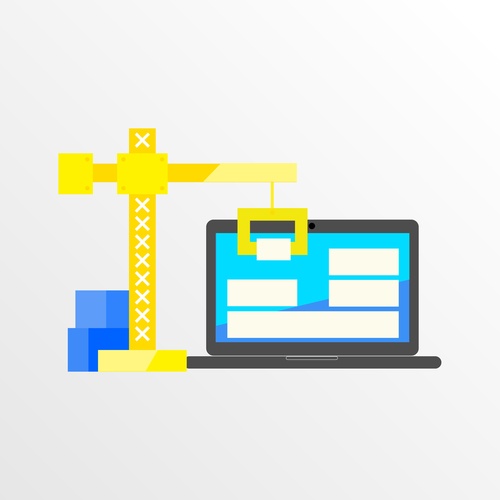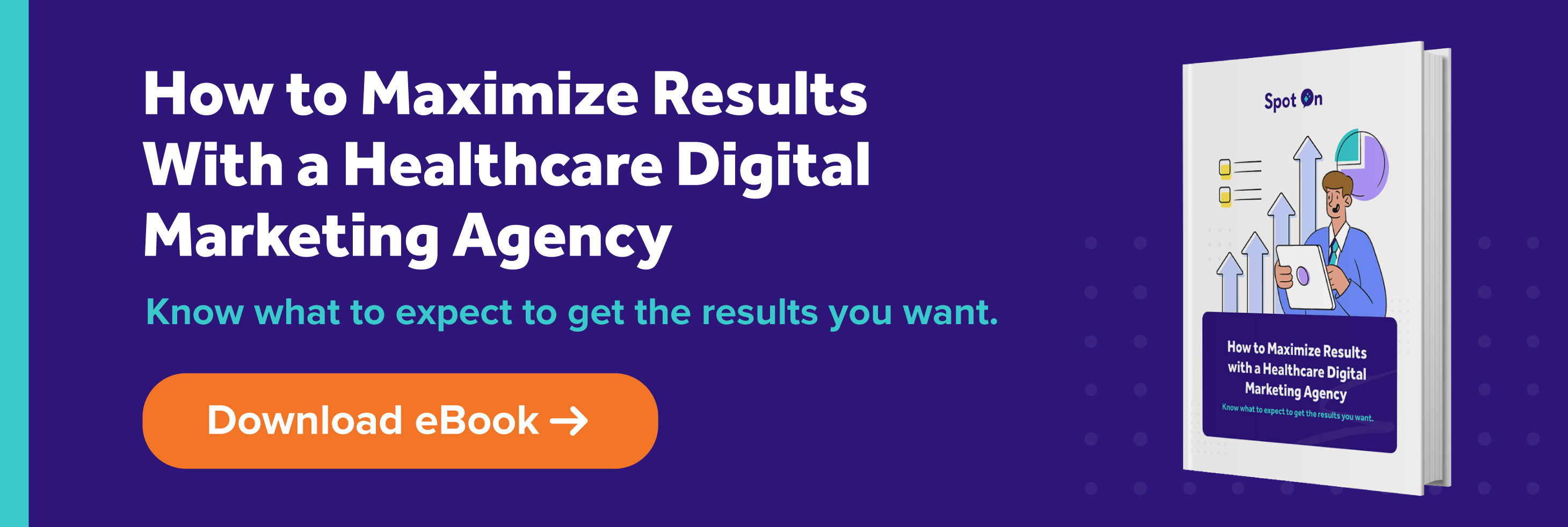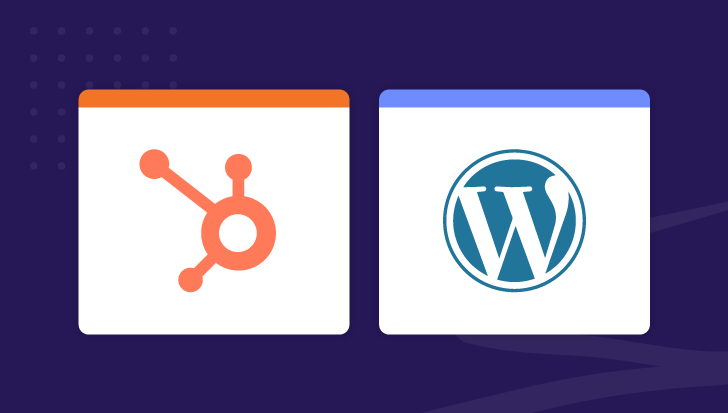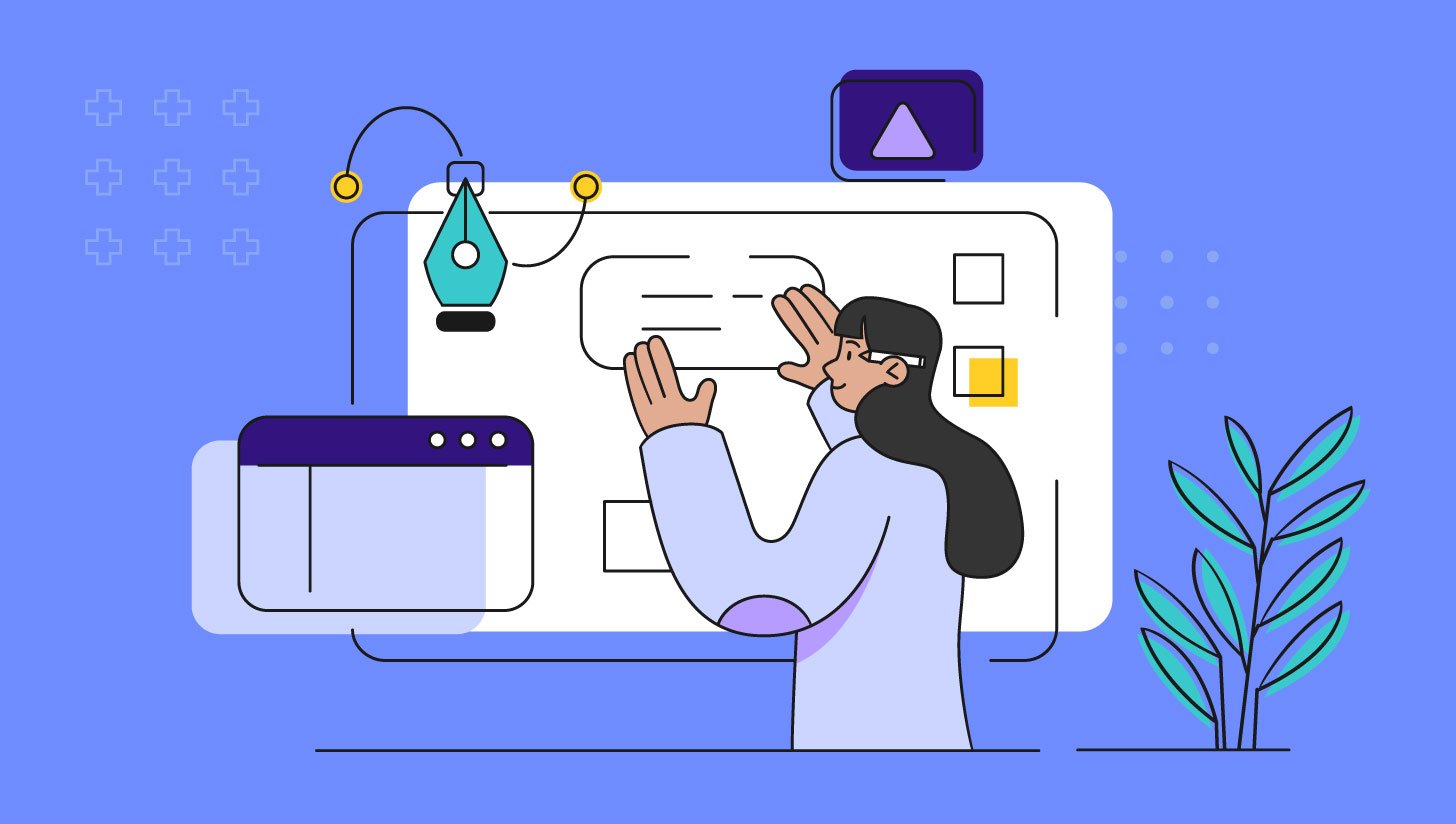



We live in a period of time where everything is available to us instantly. With the tap of a finger, we can order pizza, send an email, and post a photo we took seconds ago. In this digital age, we have some pretty high expectations when it comes down to time.
There are a few things in life that shouldn’t be rushed, however. Redesigning your website is one of them. Your website is your biggest marketing asset as well as the first impression your business gives. Therefore, creating a professional, helpful, and well-designed website is a must. As with most big commitments, the best results are often a product of the amount of time spent. Sure, you can have a website created for your business in as little as a month, but it’s not the same as having a perfectly tailored website.
Websites created in a short amount of time only focus on appearance and functionality. That’s all fine and dandy, but if you really want to stand out amongst the competition, your website needs to be more than just a pretty face. In inbound marketing, a website’s focus is meeting goals and matching strategy.
If you’re looking to redesign your website and want to know how long it will take, here is a rough timeline you can follow. (Note: Timeline will vary based on complexity of site and use of different resources [i.e. internal team, freelancer, agency, outside developers, et cetera].)
Six months may seem like a long time, but in the end it’s worth it to have a website you can be proud of. However, don’t think that the work on your website stops at the end of this timeline. It is important to consistently revise your website as you add new content and optimize for new conversions. For now, though, you can kick back and enjoy the masterpiece you created!



As Creative Director and partner at Spot On, Erica Pierce leads the design department with a keen focus on making sure that every aspect of Spot On’s design work meets the highest standards of excellence. She combines creative flair and strategic acumen to bring a holistic perspective to every project. With 14 years of experience in graphic design and publishing platforms, Erica brings an informed approach, ensuring every project she touches delivers a meaningful impact for healthcare companies.
Get the latest and greatest posts sent straight to your inbox.


